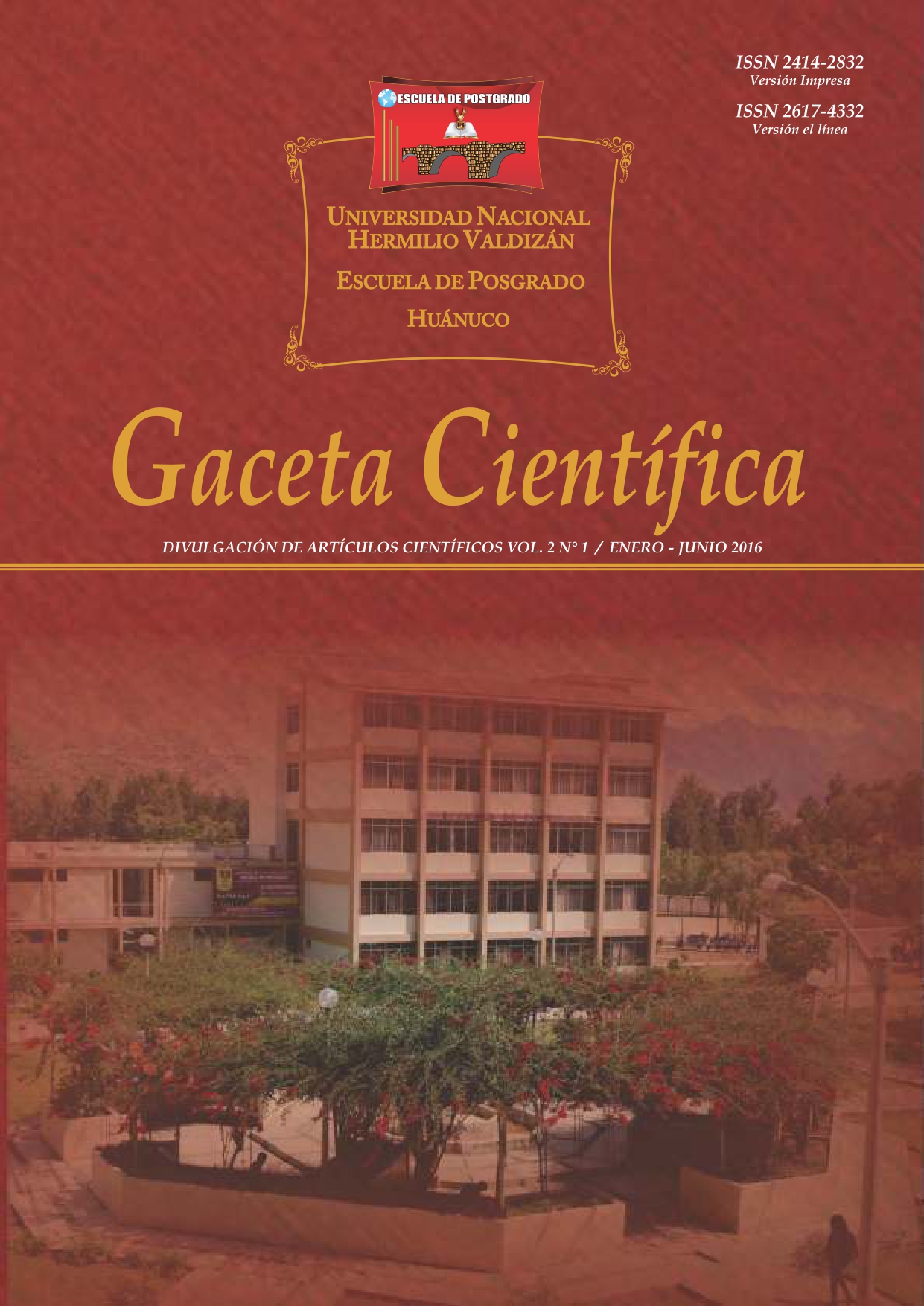Teaching between pairs and for health professionals in prevention of pregnancy in teenagers, Acomayo, Huánuco - 2012
DOI:
https://doi.org/10.46794/gacien.2.1.373Keywords:
unplanned pregnancy, contraception, teenage, facilitatorAbstract
The objective of this study was to demonstrate that the teaching strategy in pairs on the use of contraceptive methods is more effective than the guidance and the traditional counseling in the prevention of pregnancies in teenagers from Acomayo, district of Chinchao, department of Huánuco, in 2012. A study with two groups (experimental and control) with 42 teenagers each was done, who responded: the interview, scale, evaluation sheet and the questionnaire, previously validated. The contrast of hypothesis was using t Student for independent samples and the Chi Square of homogeneity, with p≤ 0.05, supported by PASW V19.0. Knowledge and attitudes on sexual and reproductive health were compared yielding significant differences of 3.6 points, [t= 5.323; p= 0.000] and 11.9 [t= 5.760; p= 0.000] respectively; admitting that knowledge and attitudes in the experimental group were higher than the control group. The occurrence of pregnancy was significantly lower between experimental group compared to control one, [X2 = 6,574; p= 0.010]; and there was more voluntary attendance to the hospital, between teenagers of experimental group compared to control, [X2 = 5.570; p= 0.018]; so the null hypotheses were rejected. Conclusions: the teaching strategy in pairs applied to the experimental group showed effectiveness in knowledge and attitudes on the use of contraceptive methods, the largest attendance to hospitals the lower occurrence of pregnancy.














